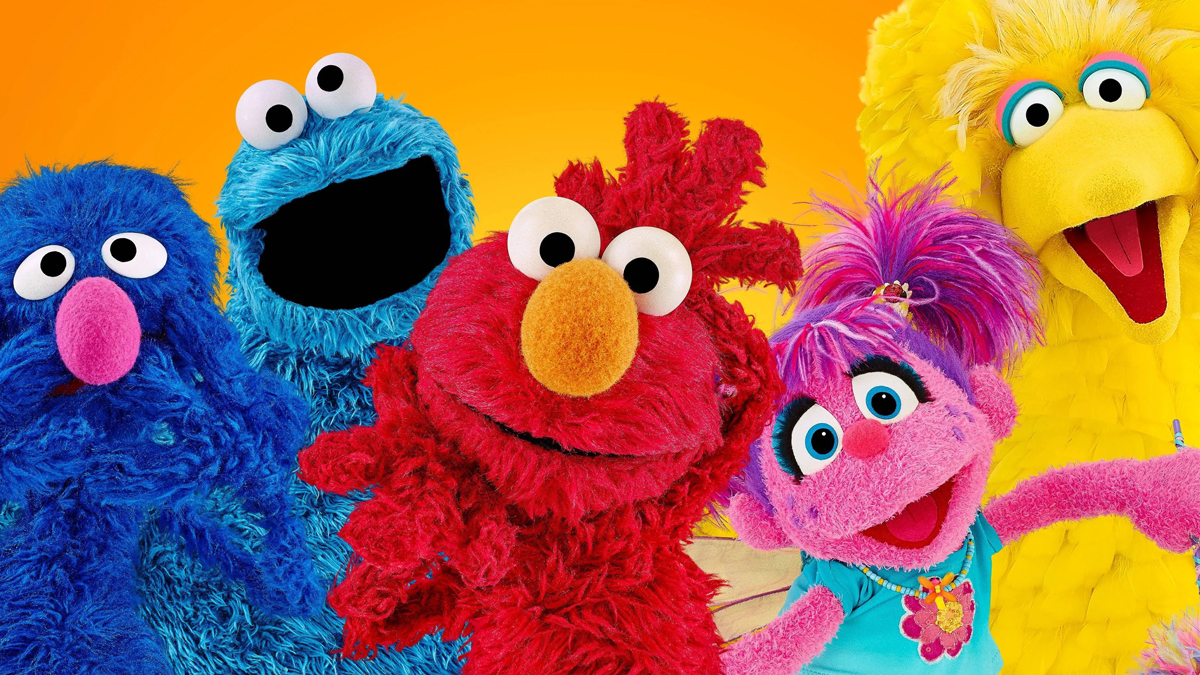In the recounting of the visit, Fegan details being pulled away from her dinner for a 30-minute conversation with the chef, wherein Keller questions the motives for the visit (none, a review wasn’t forthcoming, according to Fegan); says New York Times critic Melissa Clark lied when attempting to review the French Laundry under anonymity; and then mourns a bygone era of when “critics and chefs were on the same team,” Fegan writes. Ultimately, despite being told that she was being asked to leave, Fegan’s party was fed and given a tour of the kitchen and restaurant, but notably, she writes that the conversation left her “rattled.”
Of course, the article is much more than that. It’s a story that weaves in an extraordinary amount of detail about the restaurant itself, food criticism, and the history of Keller, and at its heart, paints a picture of a chef who seems both absolutely sick of restaurant reviews and yet fully obsessed at the same time.
Here are five takeaways from the San Francisco Chronicle story:
Keller loves critics, or deeply loathes them
One of the largest pain points for Keller has been the barrage of bad reviews his restaurants have received in recent years: By Fegan’s account, there’s been San Francisco Chronicle critic Soleil Ho’s 2022 review, “The French Laundry remains so hot there’s a black market for reservations. Is it still worth the splurge?” paired with the most recent New York Times’s dual reviews of Keller’s Per Se and the French Laundry. The French Laundry has even caught some strays from the Infatuation. After New York Times critic Pete Wells wrote an unflattering review in 2016 in which he referenced a mushroom soup as appetizing-looking as “bong water,” Keller and his team have taken to giving critics an uncomfortable “gotcha” gift of soup served in a literal weed-ready bong — notably served to both Ho and Clark on their visits. Ho took this as a “brilliant act of artistry,” and a rep told them that Keller pulls this out “for restaurant industry folks because he knows we’d get a kick out of it.” Whether, in the case of an anonymous critic, that bong still reads as “brilliant” these days, is in the eye of the beholder, I guess. Keller’s publicist called Clark’s visit “insulting, an awkward charade, and odd that (Clark) remained in disguise.”
In Fegan’s recounting, Keller believes the good ol’ days of restaurant criticism were, not surprisingly, when the reviews were great, and Keller even calls former San Francisco Chronicle critic Michael Bauer “a friend.” Let’s just say Bauer most likely never received a tableside bong.
Keller equates criticism with the death of chef Michel Richard
Fegan writes that Keller at one point seemed to suggest that a critic’s unflattering review of chef Michel Richard’s New York restaurant “led to the death of a good man.” He allegedly tells the Chronicle critic that he plans to write about Richard and that poor review when he writes his memoir; while he “gets” why newspapers must stir up controversy, he no longer rushes to read what the Times critics write about as he used to as a young chef. His concern, Fegan recounts, is that the “young chefs working for him don’t deserve to have their work slighted.”
Cultural appropriation isn’t a thing in Keller’s worldview
One of the more curious purported Keller takes from the Chronicle story was regarding an actually positive review of his other restaurant, La Calenda. Referencing Ho’s critique of the restaurant, where Ho calls La Calenda “cultural appropriation done right,” Keller says he takes that point as a slight. “What does that even mean, he asks, saying that culinary cultural appropriation doesn’t exist in America, a nation of immigrants,” Fegan writes. “In a melting pot, cultural appropriation isn’t a thing.”
A trophy case of plates signed by celebs exists at the French Laundry
In detailing the property tour, Fegan recounts a geothermal system, which she deems “very cool,” a massive china collection, and lastly a “trophy case of plates signed by celebrities.” While she doesn’t give in-depth detail of which celebrities, the one she does mention (Woody Allen) garners a “hmm.” We need more details.
When a tree falls in the French Laundry forest, it’ll be replaced by a Disneyland tree
One final curious bit among a million curious bits, is the storied tree that curls around the iconic blue door to the French Laundry. Sadly, it’s on its last leg, and Keller tells Fegan and her group that they’ve been working out what they’ll do when the tree dies, given the majesty of the original. The solution? Keller will have a replica made by the companies that create fake trees for Disneyland and Las Vegas. “When the tree dies, the duplicate will arrive, and it will be as if nothing has changed,” Fegan writes. The same, perhaps, can’t be said about everyone’s views on the French Laundry.
Read the entire piece from the San Francisco Chronicle here.
















